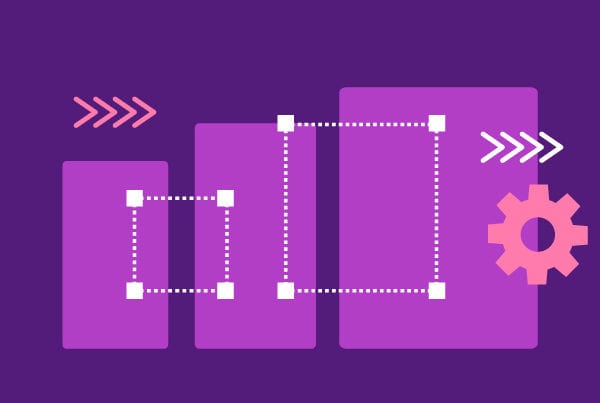In the dynamic realm of software development, the role of Quality Assurance (QA) is pivotal in ensuring that software not only meets but exceeds user expectations. As the demand for flawless software delivery intensifies, implementing effective QA strategies becomes imperative. In this article, we will explore actionable strategies to integrate QA Testing seamlessly into the software development lifecycle, guaranteeing a flawless and user-centric end product.
Early and Continuous Testing: Laying the Foundation for Success
The mantra “test early, test often” remains a cornerstone of successful QA strategies. By incorporating testing at every stage of the development process, from unit testing to integration and acceptance testing, teams can identify and address issues proactively, minimizing the risk of critical bugs later in the cycle.
Automation: Accelerating the QA Testing Process with Precision
Automation is a game-changer in QA, allowing teams to execute repetitive tests efficiently and freeing up resources for more complex exploratory testing. From unit tests to regression tests, the implementation of automated testing frameworks significantly accelerates the testing process while ensuring precision and repeatability.
Comprehensive Test Coverage: Beyond the Basics
Achieving comprehensive test coverage involves going beyond the basic functionality and exploring edge cases, boundary conditions, and real-world scenarios. This strategy ensures that the software not only performs as expected under typical conditions but also remains robust in challenging and unforeseen situations.
Performance QA Testing: Ensuring Scalability and Responsiveness
A key aspect of QA is evaluating how software performs under varying loads and conditions. Performance testing, including load testing and stress testing, guarantees that the software can scale effectively and maintains responsiveness even during peak usage.
User-Centric Testing: Prioritizing the End-User Experience
QA strategies should be anchored in the end-user experience. User-centric testing, including usability testing and user acceptance testing, allows teams to validate that the software aligns with user expectations, preferences, and behaviors.
Collaboration and Communication: Bridging Gaps for Success
Effective communication and collaboration between QA, development, and other stakeholders are paramount. By fostering a culture of open communication, teams can share insights, identify potential challenges early on, and collectively work towards delivering high-quality software.
Continuous Learning and Adaptation: Embracing an Agile Mindset
QA strategies should be dynamic and adaptable. Embracing an Agile mindset involves continuous learning, iteration, and refinement of QA processes based on feedback and changing project requirements. This approach ensures that QA remains agile and responsive to the evolving needs of the development lifecycle.
Conclusion on QA Testing Strategies
In the pursuit of flawless software delivery, QA emerges as a linchpin, providing the assurance of quality that users demand. By implementing these strategies—testing early, leveraging automation, ensuring comprehensive test coverage, evaluating performance, prioritizing the user experience, fostering collaboration, and embracing adaptability—teams can embed QA seamlessly into their workflows. The result is not just error-free software but a user-centric, high-performing product that stands out in the competitive landscape of modern software development.






